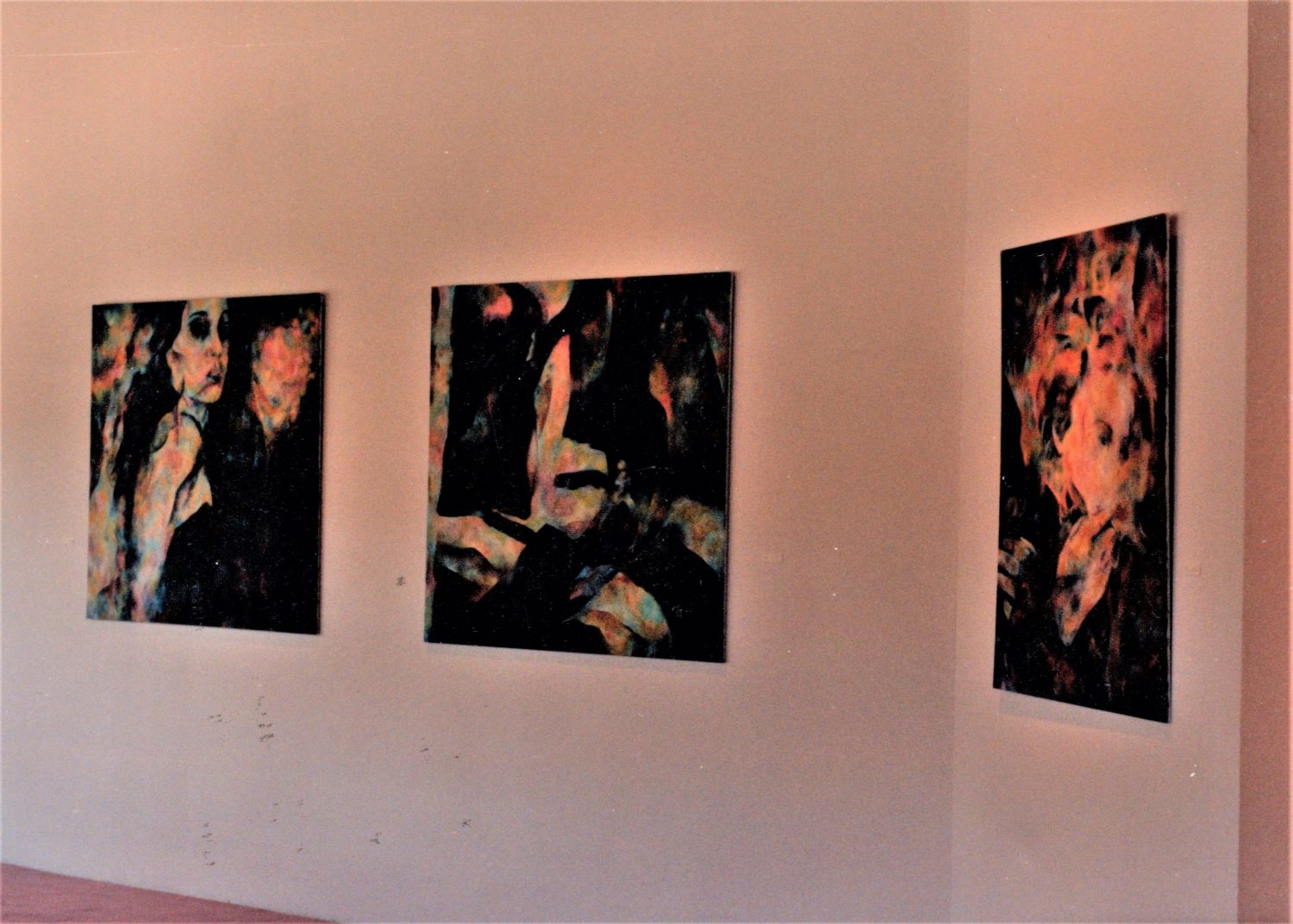There aren’t many things which have been an integral part of my cultural life for as long as I can remember, but the comic strip Peanuts is one of them. Charles Schulz started the strip fourteen years before I was born, and as with George Orwell’s Animal Farm and The Beatles’ Something New, I am unable to recall a time when I wasn’t aware of “Good ol’ Charlie Brown” and his friends.

I would read Peanuts1 every day in the Sacramento Bee, and there were a few Fawcett mass market paperback collections at my grandparents’ house, through which I became familiar with some of the earlier strips, when Snoopy was more dog-like and Charlie Brown’s head wasn’t quite so round. I also remember watching the television specials, as well at the movie Snoopy Come Home, to which my mother brought my siblings and me to see at the theater.2 Although I don’t believe I ever really wanted to be a cartoonist, Schulz was one of my first heroes, and I did practice drawing his characters. In the third grade, classmates would give me quarters for my drawings of Snoopy, which, in my memory at least, were pretty good. I charged more for drawing other members of the Peanuts gang, which was much more difficult for me and took more time. I never sold a drawing of Linus – I could never get the shape of his head right. I haven’t attempted it in decades, but I’d bet I still couldn’t draw a convincing Linus.
Thinking about it now, I’m not sure why as a child I liked Peanuts so much. Of course, it was popular with a lot of kids my age – after all, the drawings are funny, but much of the humor is pretty sophisticated. I’m sure I find many of the strips humorous in a different way, now. Schulz said his work wasn’t for little kids; he drew for himself and made the television shows and movies for adults.3 It’s remarkable how he revealed his interior life through a strip about a bunch of kids and a fantastical dog. At the time, I didn’t realize that’s what he was doing, I just thought it was funny. So much of Peanuts concerns disappointment, loneliness, anxiety, alienation – in that way, it’s much like Expressionist art. Naturally, the manner in which Schulz conveyed those feelings was far more gentle than, say, Egon Schiele’s, but the emotions he expressed are very real and palpable.
Although I don’t think Peanuts has had any real effect on my painting, it did certainly influence my sense of humor. My work isn’t without its comic side, but the humor I employ is mostly of a private nature; laughter generally isn’t high on the list of responses which I have an interest in eliciting. However, I have directly referenced Peanuts at least once in a painting. The piece is not in any way about Schulz or his strip; the reference is but one layer of the work – it would be virtually impossible for anyone to recognize the connection, but it is satisfying to me that it’s there.
Schulz was uncomfortable calling comic strips “art,” and would only call himself an artist if comic was used as a describer. He did feel he did the best possible job with the talent he possessed, but didn’t live up to his own definition of “great art.” He said, “I am not Andrew Wyeth. I never will be Andrew Wyeth. And I wish I were.”4 If Schulz could have painted like Wyeth, that’s probably what he would’ve done, and we would have missed out on fifty years of Peanuts, so it’s probably a good thing he couldn’t. The world already had an Andrew Wyeth, but it didn’t have a Charlie Brown, a Lucy, a Linus, a Snoopy. That was a situation which needed to be rectified, and there was only one man who had the ability to do so. Good ’ol Charles Schulz.
Peanuts is distributed by United Media and is © PEANUTS Worldwide LLC.
1 Charles Schulz famously hated the name United Feature Syndicate gave to his strip. He wanted it called Li’l Folks, the title he used for his pre-Peanuts one-panel comics.
2 It was a double feature, with It’s a Mad, Mad, Mad, Mad World. What a great afternoon.
3 Rick Marschall and Gary Grath: “This Minor Art Form has Certain Truths,” from What Cartooning Really Is: The Major Interviews with Charles M. Schulz (Fantagraphics Books 2020), page 97. When this book was published, I told a friend, also a Peanuts enthusiast, about it, and he purchased a copy. After he’d read it, he passed it on to me. Thanks, Bill.
4 Gary Grath: “At 3 O’clock in the Morning,” ibid, page 24.






























